World Migration Report 2024: Chapter 1
World Migration Report 2024
This edition builds on the three previous reports (2018, 2020 and 2022 editions) by providing updated migration statistics at the global and regional levels, as well as descriptive analyses of complex migration issues. Part I on “key data and information on migration” includes separate chapters on global migration trends and patterns, and regional dimensions and developments. These two chapters have been produced institutionally by IOM, drawing primarily on analyses by IOM experts, practitioners and officials around the world, based on data from a wide range of relevant organizations. The six chapters in Part II are authored by applied and academic researchers working on migration, including IOM researchers. They cover a range of “complex and emerging migration issues”, including:
- Narrowing of mobility options for people from developing countries since 1995 and the need for more regular migration pathways;
- Human security in migration;
- Gender dimensions of migration;
- Climate change, food insecurity and migration;
- Global governance of migration;
- Migration and mobility in a post-COVID world.
While the choice of these topics is necessarily selective and subjective, all the chapters in Part II of this report are directly relevant to some of the most prominent and important debates about migration in the world today. Many of these topics lie at the heart of the conundrums that face policymakers as they seek to formulate effective, proportionate and constructive responses to complex public policy issues related to migration. Accordingly, the chapters aim to inform current and future policy deliberations and discussions by providing a clear identification of the key issues, a critical overview of relevant research and analysis, and a discussion of the implications for future research and policymaking. The chapters are not meant to be prescriptive, in the sense of advocating particular policy “solutions” – especially as the immediate context is an important determinant of policy settings – but to be informative and helpful in what can be highly contested debates.
Part I
Chapter 2 provides an overview of the latest available global data and trends on international migrants (stocks) and international migration (flows). It also provides a discussion of particular migrant groups – namely, migrant workers, international students, refugees, asylum-seekers, internally displaced persons – as well as of international remittances. In addition, the chapter refers to the existing body of IOM programmatic data, particularly on missing migrants, assisted voluntary returns and reintegration, resettlement and displacement tracking. While these data are generally not global or representative, they can provide insights into changes that have occurred in relevant IOM programming and operations worldwide.
Following the global overview, Chapter 3 provides a discussion of key regional dimensions of, and developments in, migration. The discussion focuses on six world regions as identified by the United Nations: Africa, Asia, Europe, Latin America and the Caribbean, Northern America and Oceania. For each of these regions, the analysis includes: (a) an overview and brief discussion of key population-related statistics; and (b) succinct descriptions of “key features and developments” in migration in the region, based on a wide range of data, information and analyses, including from international organizations, researchers and analysts. To account for the diversity of migration patterns, trends and issues within each of the six regions, along with descriptive narratives of “key features and recent developments”, are presented at the subregional level.
Part II
Chapter 4 – Growing migration inequality: What do the global data actually show?
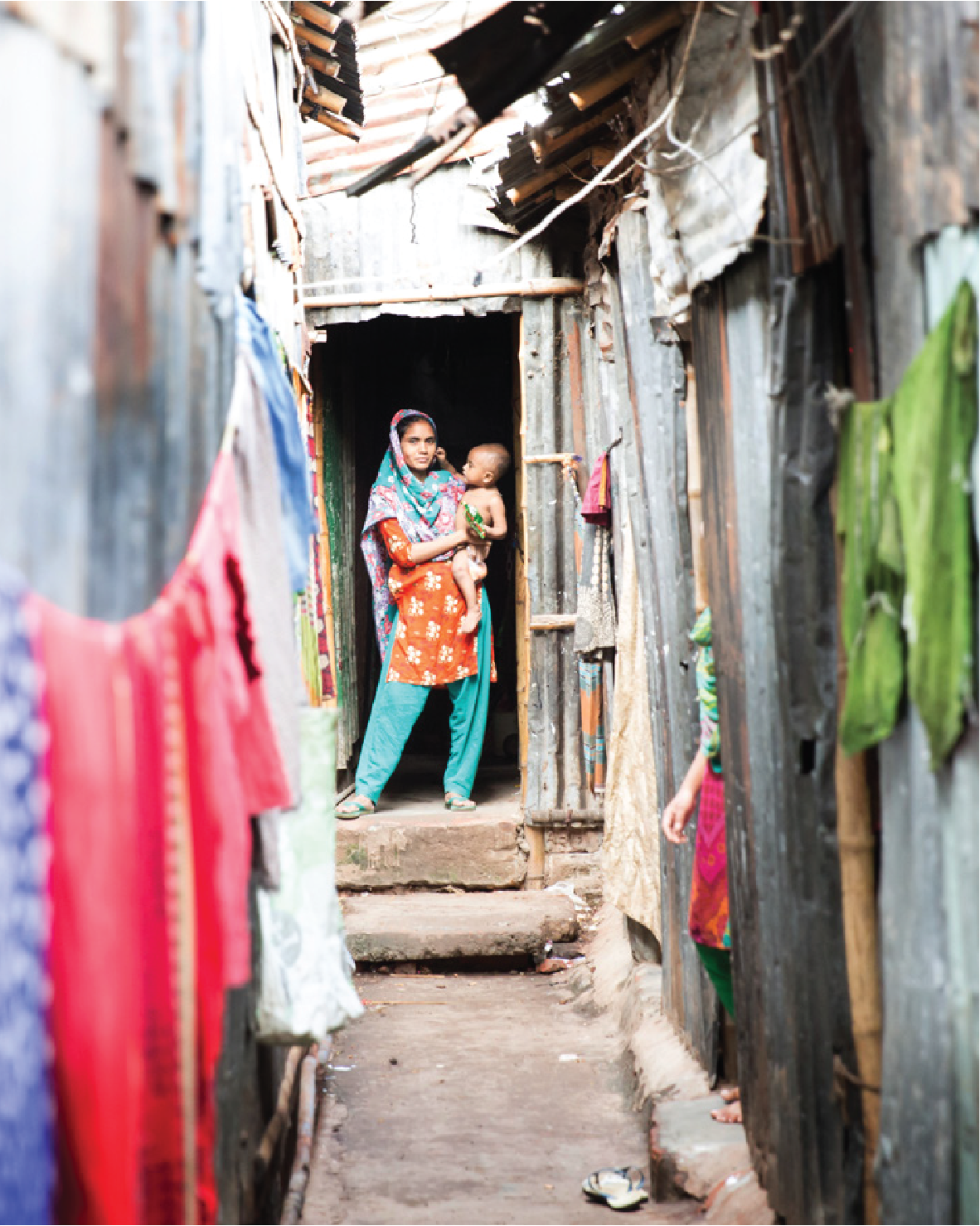
- This chapter first appeared in the World Migration Report 2022 and has been included in this edition due to the high demand for presentations of its analysis which underscores the importance of regular migration pathways.
- The chapter examines the questions of “who migrates internationally, and where do they go?” It analyses diverse statistical data and draws upon some of the existing body of research on migration determinants and decision-making. It shows a growing “mobility inequality”, with most international migration now occurring between rich countries to the increasing exclusion of poorer countries.
- Analysis of international migrant stock and human development index data show that between 1995 and 2020, migration from low- and medium-development countries increased, but only slightly, reconfirming existing macroeconomic analyses showing that international migration from low-income countries has historically been limited.
- However, contrary to previous understandings of international migration, the analysis indicates that there has been a “polarizing” effect, with migration activity increasingly being associated with highly developed countries. This raises the key issue of migration aspirations held by potential migrants from developing countries around the world who may wish to realize opportunities through international migration, but are unable to do so as regular pathways are unavailable to them.
- Importantly, when geographic areas of free movement are established, States and people utilize them to great benefit. For example, over the long term, nations in the visa-free Schengen area in Europe experienced much higher levels of mobility growth than non-Schengen nations. The ECOWAS protocols in West Africa have also led to increased migration within the area and decreased migration outside of that bloc.
Chapter 5 – Migration and human security: Unpacking myths and examining new realities and responses
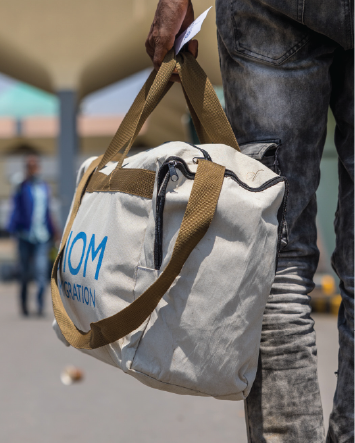
- This chapter examines the interaction between migration, mobility and human security in contemporary settings at a time when misinformation and disinformation about migration and migrants are both increasing and increasingly effective. It draws upon conceptualizations of the topic that have evolved over recent decades.
- The most significant link between migration and security relates to the human security of migrants themselves, rather than the national security of States. The vulnerability of migrants throughout the migration cycle is evident at all stages and in a wide variety of manifestations during pre-departure, transit, entry, stay and return. However, it is important to note that not all international migration is connected to, or caused by, human insecurity.
- Policies can potentially improve human security for migrants and communities, addressing international, regional, national and subnational policy considerations as shown in the six short case studies presented in this chapter. Nonetheless, there is no one-size-fits-all policy approach to improving human security, as it depends on specific challenges and how they manifest. Therefore authorities at multiple levels and non-State actors need to actively develop, implement and measure solutions that facilitate a human security approach to migration and mobility.
Chapter 6 – Gender and migration: Trends, gaps and urgent action
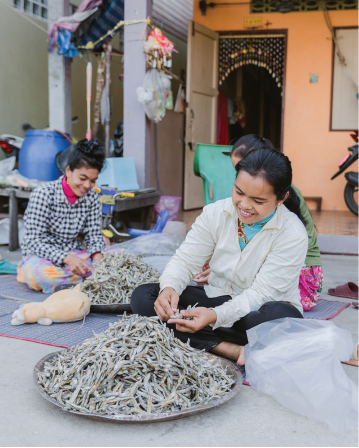
- This chapter provides an overview of the interactions between migration and gender across diverse geographies worldwide. It covers family migration, marriage migration and displacement, with a particular focus on labour migration, one of the main – and highly gendered – types of migration.
- The chapter explores how gender influences migration experiences, including displacement, throughout the migration cycle from pre-departure to entry and stay in destination countries and, if applicable, return to the country of origin. The showcased examples illustrate how gender may trigger diverse opportunities as well as vulnerabilities and risks for migrants.
- Drawing from the analysis of the existing gender dimensions throughout the migration cycle, four cross-cutting gender challenges are identified, complemented by promising practices or innovative interventions from different countries.These are related to stereotypes, access to information, the digital divide and regular migration pathways.
- The chapter highlights the urgency of adopting a gender-responsive approach to migration governance to empower migrants of all genders and promote gender equality more generally as the “prerequisite for a better world”.
Chapter 7 – Climate change, food insecurity and human mobility: Interlinkages, evidence and action
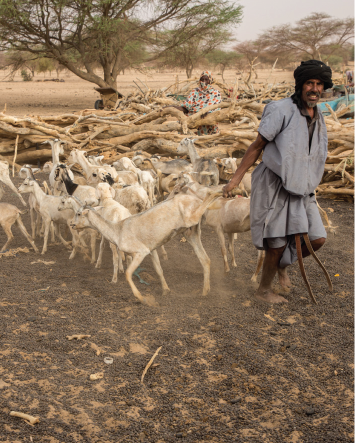
- This chapter explores the interlinkages between climate change, food insecurity and human mobility, highlighting the complexities of their relationships in multiple scenarios across the globe. The analysis is nuanced and goes beyond the simplistic view of human mobility as a natural consequence of climate change impacts and food insecurity.
- Evidence shows that climate change plays an important part in adding further pressure on existing systems and communities. However, it cannot be considered the sole driver of food insecurity or migration, given prevailing power dynamics, fragilities in governance, structures of globalized food production and other social factors.
- Migration appears as a coping or adaptation strategy to reduce the adverse effects of climate change. Nonetheless, in some contexts, it can be maladaptive. The outcomes of migration as an adaptation tool depend on the circumstances of the individuals or households engaging in human mobility, as well as on the involvement and agency of migrants.
- The chapter showcases the need for highly contextual interventions that address inequality and power dynamics, including a gender perspective, leveraging local and indigenous knowledge, and carefully assessing possible maladaptive consequences for vulnerable populations.
Chapter 8 – Towards a global governance of migration? From the 2005 Global Commission on International Migration to the 2022 International Migration Review Forum and beyond
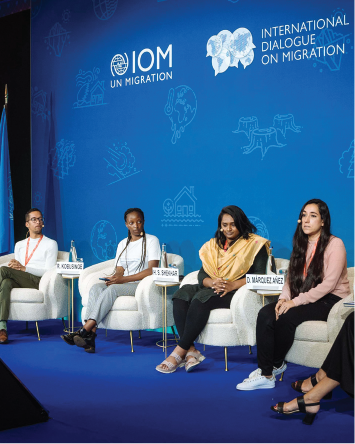
- This chapter explores the implications of global migration governance as a multi-stakeholder regime under the guidance of the United Nations, building on chapters from the two previous World Migration Reports. It traces the evolution of international cooperation on migration from the Global Commission for International Migration (2005) to the 2022 International Migration Review Forum (IMRF), delving into the historical dimension and examining the influence of past recommendations.
- The chapter analyses the outcomes of the IMRF, shedding light on key tensions and contentious issues in policy discussions surrounding global migration governance. By providing a comprehensive view of the developments between 2003 and the adoption of the Global Compact for Safe, Orderly and Regular Migration in 2018, the chapter explores the impact of systemic crises and geopolitical changes, emphasizing the role played by the Global Forum on Migration and Development.
- The discussion extends to the remaining limitations of the current governance architecture, particularly in the context of contemporary geopolitical challenges, offering reflections on migration governance at the regional level. Migration requires a truly whole-of-government and whole-of-society approach. Developments in global governance will only benefit all persons on the move if the emerging architecture accommodates this reality.
Chapter 9 – A post-pandemic rebound? Migration and mobility globally after COVID-19

- This chapter examines the transformative effects of the COVID-19 pandemic on global migration and mobility, providing an update to the chapter on COVID-19 in the World Migration Report 2022. It addresses the following questions: “How have travel and movement restrictions changed since the last Report? How have migration and mobility patterns evolved across the same period? And what are the most important long-term implications of these trends?”
- Human migration and mobility have rebounded significantly since the early days of the COVID-19 pandemic. However, after three years, much of the world is still less mobile than it was in 2019. The harshest restrictions have receded, but they have left behind a more complex and restrictive migration policy landscape.
- COVID-19 has catalysed or accelerated social transformations, both temporary and structural, across regions. These transformations include: changes in consumption patterns in developed and developing countries; high inflation and global economic slowdowns; demographic changes; the ongoing importance of remittances sent by migrant workers to their families and communities; automation; digital outsourcing; and the changing role of labour mobility in the global economy.